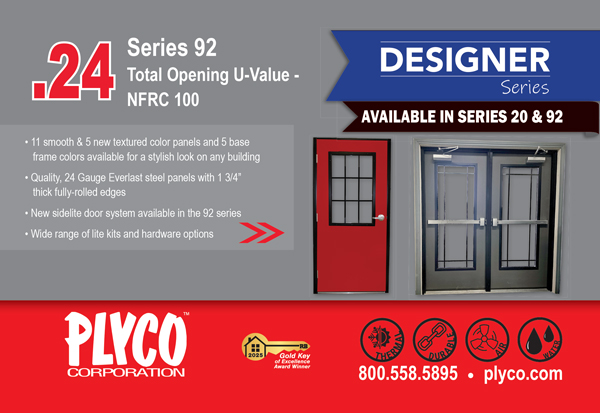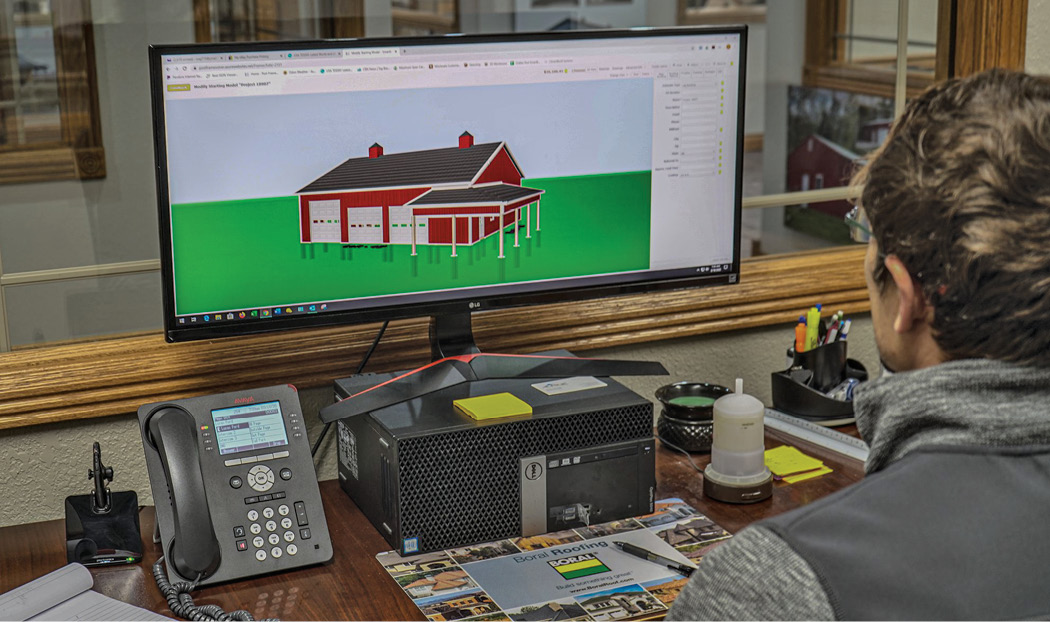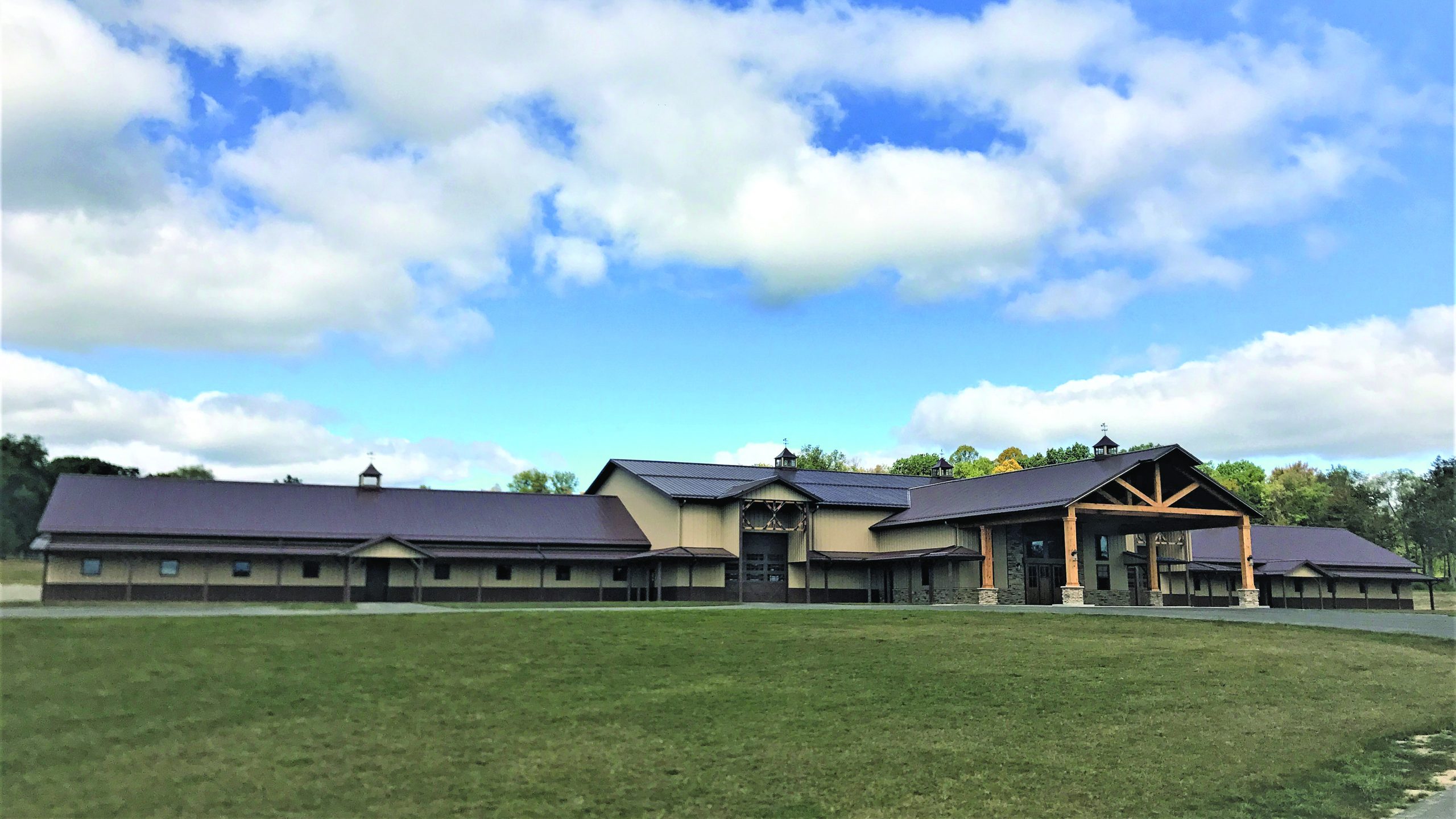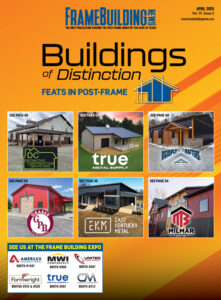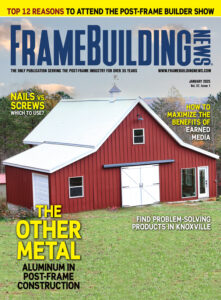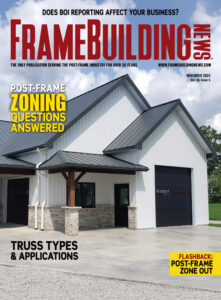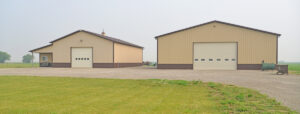Like death and taxes, zoning laws are inevitable, although perhaps not quite as dreaded. They can vary from municipality to municipality and township to township, but they must be considered – and satisfied – as the building is planned. It would not be good for anyone if halfway through the build, it it were to be discovered that the project doesn’t conform to the zoning laws. It could delay the project, cause major changes to the plan, or even require a different site for the project. In fact, it is good to start the zoning process a few months before the project gets underway.
The Basics
The first thing anyone new to the process needs to know is that the landowner is required to sign off on the application, so it’s not really something the contractor can just go off and complete on their own. However, the ordinances can be 300 pages long, so it is not always a simple thing to do. Other times a person walks in, shows a sketch, it is rubber stamped, and the zoning piece of the process is complete. However, that is not the norm.
As a builder or contractor, the first thing you need to decide is whether you intend to assist the landowner with the zoning. It is a great help to the customer, naturally, if you do, but consider whether you have the manpower and resources to do it. JJ King, Director of Operations at JJ’s Custom Builders said that his company provides turn-key building projects so they made the decision that they would provide that help. They have an associate who is assigned to handle that aspect of their projects and he has become very knowledgeable about it. He has built relationships with engineers and system designers, and he is very successful at ensuring that the zoning requirements are met.
If your company chooses not to help with zoning, you may want to talk to people in the industry and find out who is a good resource for your customers to work with. There are companies, online expediters who offer this service, but if they are not cognizant of local ordinances, they may not be the best resource.
A Good Starting Point – for Builder or Client
Zoning applications are usually available online, and it should not be difficult to find the website. Try searching the city and “planning and zoning” and usually the site will come up. The best starting point is to fill out the application and gather the site plan, which shows where on the property the building will reside, along with size, use, illustrations, and any other documentation requested and take it all in person to the zoning and planning office. JJ advises that right from the start you talk to the receptionist and the zoning officer like they are partners and start building a friendly working relationship.
Be aware that there will be an application fee; this is usually not very expensive.
You may also want to consult a zoning map online so you will know before you enter the office whether there may be any discrepancies between the plan and the zoning. Usage is a big part of zoning; areas are usually zoned residential, commercial, or industrial. If you are building a barndominium, and the plan involves running a business out of it, it may be acceptable in a residential zone and it may not. It usually depends on whether a lot of pollution, noise, or traffic will be generated by the business, but every municipality is different, and some can be very restrictive.
Particular to Post-Frame?
Most of the zoning requirements will be the same for all types of construction, though you may find that in order to be in compliance, the plan might require some unusual features for post-frame like insulating panels required around the foundation.
Usually aesthetics do not come into zoning, although if the barndo you are building is not very “residential looking,” resistance may ensue or a zoning change may be required JJ said. The more attractive the proposed building is perceived to be, the less likely it is to be challenged.
Homeowners Associations (HOAs), on the other hand, are generally more concerned with aesthetics than the zoning people are, JJ said. If an HOA is involved where the building site is located, it is best to get their approval first. Bring in a quality rendering or 3-D model to show them what an asset it will be to the neighborhood. Once they approve it, talk to the zoning department.
Zoning Considerations
Typical guidelines in zoning are in regard to:
• The planned use of the site and the buildings.
• The height and shape of a building. Zoning requirements may seek to limit height to conform to the surrounding neighborhood or to avoid blocking a view. There are usually setbacks (requirements regarding space between the building and public right-of-ways and other property lines) to be met also.
• Lot size compared to the size of the building.
• How the building is oriented on the site. For example, is the back facing the road in a neighborhood where the houses all line up with the front facing the street?
• Where are extra structures placed? Sometimes zoning requires extra buildings to be located behind the main structure. Sometimes a detached garage is not allowed, though one solution you may be able to offer the landowner is joining the buildings with a breezeway.
• Where are the septic and well for homes, offices, or other buildings in which plumbing will be required, going to be located? The land must pass the percolation (perc) test, and if it doesn’t the landowner will need to specify a mound system space and a back-up space for the system.
• The Federal government as well as states have guidelines for stormwater management, which again will vary from site to site. What “bracket” or level of management is required for the site should be determined early on because the bracket may affect customers’ plans. For example, if a 1,000-sq.-foot building was planned, but taking it down to 995 sq. ft. would take the bracket down from PVC piping and drainage fields to simple gutters, the client might save thousands of dollars.
Variances
When building plans are countermanded by the zoning regulations, the landowner can apply for a variance. However, they must be able to present a strong case regarding why they cannot do what the regulations call for. It should be written by a lawyer or other professional who is familiar with zoning and it should be presented as a “hardship.” The landowner will be required to pay a variance fee, and there is no guarantee that they will be given the variance JJ said. If you are assisting a client with this, make sure they understand these facts. FBN




